Contents
What is a Whale Fall?
Whales are the largest living organisms living on the surface of Earth. An adult blue whale weighs up to 173 tonnes with 30 meters in length.[1] When a whale dies in the ocean, its body usually falls to the sea floor and becomes a huge source of organic matter for the animals that live there. This is known as a Whale fall. Animal communities forms around the whale carcass called Whale fall communities.
What happens to whales when they die?
Three things can happen to dead bodies of whales[2]
- Dead whales can be washed up on the shore by currents in the sea. The carcass is a feast for scavengers and omnivores such as polar bears, wolves, and birds.
- Dead whales can float on the ocean surface for a little while due to the presence of gases in the body. On the ocean surface, the dead body becomes feast for birds, sharks, and other fishes.
- Most of the dead whales ultimately sink to the ocean floor. This process is called a whale fall. On the seafloor, a whale’s body can provide food for more than 100 years!
How often does that happen?
Whale falls are rarely found by humans. But they are predicted to occur hundreds of time annually for just gray whales.[3] Thus, whale falls may provide a significant source or organic materials to the deep ocean.
Where can we find whale falls?
Whale falls are typically found in two places, along whale migratory routes and around feeding areas[4] Knowledge of where whales migrate and feed predicts potentially whale fall localities. Therefore, whale falls can be predicted on the continental shelf and in the deep ocean.[5]
Most discovered whale falls are restricted to depths less than 2000 meters because of biases against exploring the deep sea. However, new discoveries have pushed whale falls to nearly 3000 meters. The depth determines community structure; the deeper the whale fall, the fewer will be the presence of macroscopic taxa.[6]
What happens to dead whales that fell to sea floor?
A dead whale that has fallen into the bathyal or abyssal zone provides a huge source of food for other marine organisms for more than two hundred years. Animals communities that develop around a whale fall are called ‘Whale fall communities’. Whale fall communities develop in three stages.[4] Each stage is characterised by diverse species and diverse food webs.
Stage 1: Mobile-scavenger stage
This stage lasts from months to years. It is characterised by the removal of soft tissues and blubber by sharks, hagfishes, rat-tails and invertebrate scavengers at high rates (40–60 kg per day).
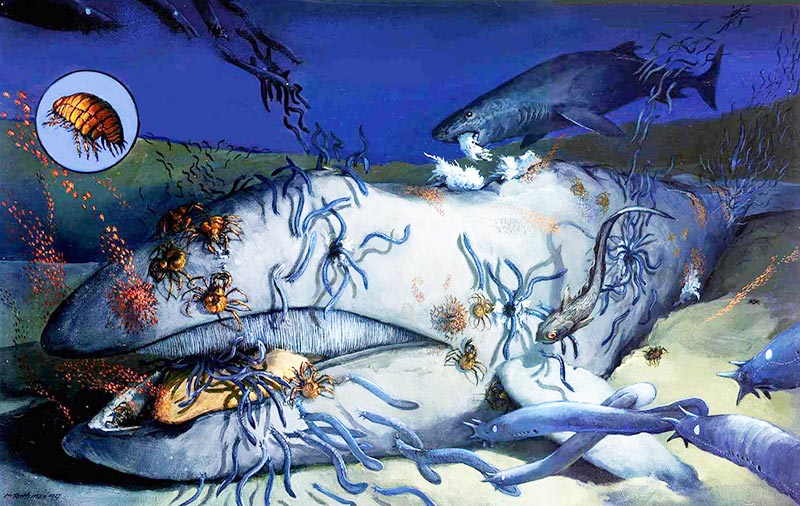
Stage 2: Enrichment opportunist stage
It lasts from months to years. Most of the macrofauna that feeds on soft tissues leaves. Remaining sediments and exposed bones are colonised by dense assemblages of polychaetes and crustaceans.
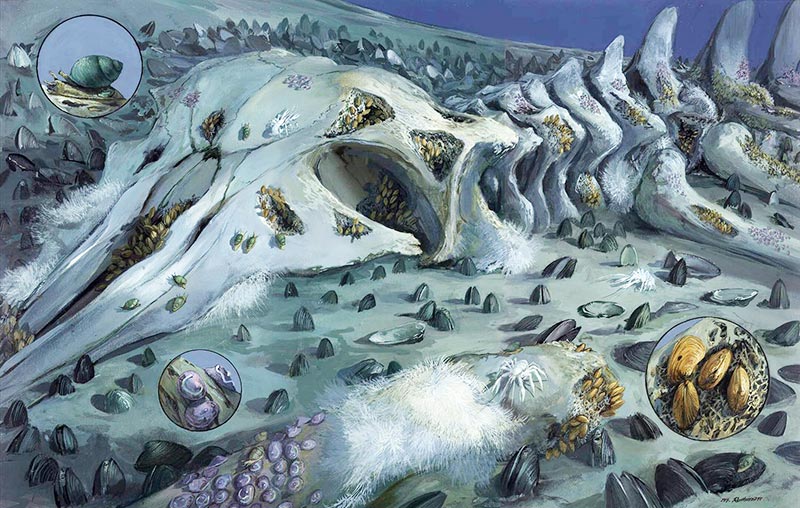
Stage 3: Sulphophilic (sulphur-loving) stage
This stage lasts for decades. In this stage, species-rich assemblage of various organisms like sulphur bacteria feds on lipids in the skeleton and emits hydrogen sulphide through anaerobic breakdown. Sulphophilic bacteria uses this hydrogen sulphide for energy production. Thus it is a chemoautotrophic stage. Mussels, tube worms, calms bristle worms and limpets lives along with these bacteria. Local species diversity on large whale skeletons during the sulphophilic stage is higher than in any other deep-sea hard substratum community.
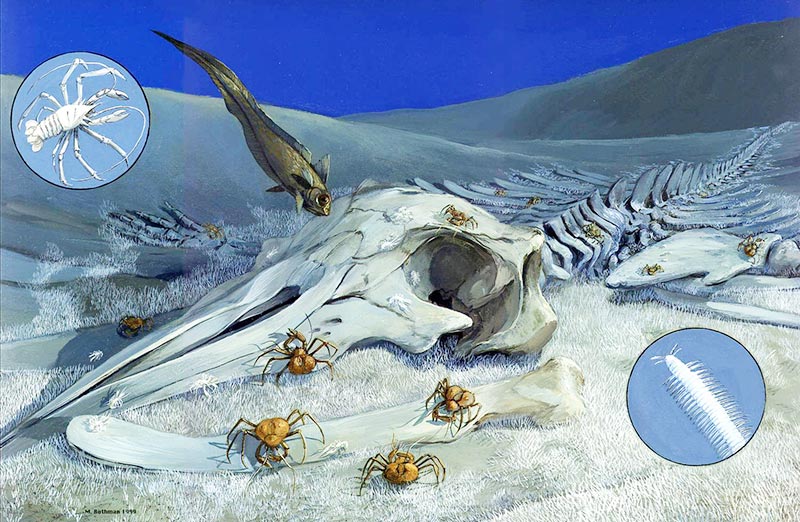
What is the significance of whale falls?
A sunken whale provides a massive food fall to the normally organic-poor deep-sea floor. The amount of carbon tied up in a typical single whale carcass is roughly equivalent to the amount of carbon exported to a hectare of abyssal ocean floor. This amount of organic material reaching the seafloor at one time creates a pulse equivalent to about 2000 years of background carbon flux in the sediment immediately beneath the whale fall.
Phosphorus from the bones and carbon are delivered to the deep ocean by whale falls. The decay of lipids produces hydrogen sulphide, a compound that provides energy for many invertebrates and bacteria, and methane. Elevated methane and sulphur levels around the whale falls create an environment analogous to hydrothermal vents and hydrocarbon seeps.[4]
The dead bodies of large animals (including whales) may “constitute the ultimate food for abyssal fauna”.[7] Because whale falls can be found in the deep ocean and on the continental shelf, whale falls deliver nutrients to all different depths.
[cite]

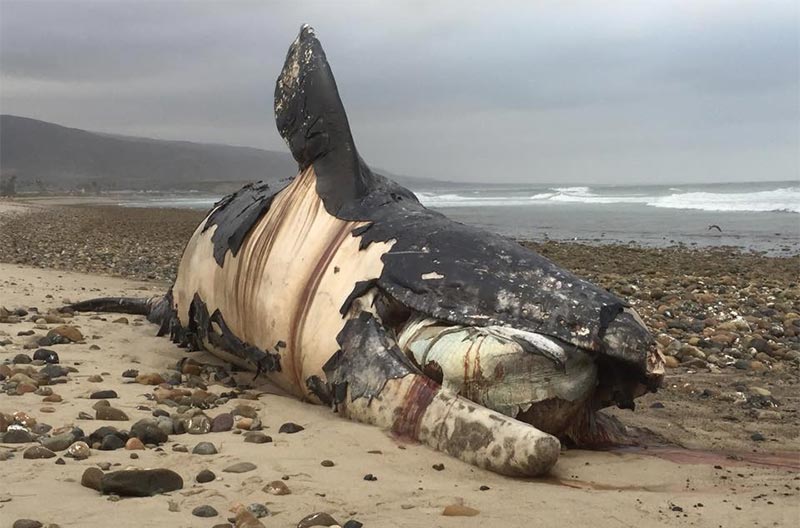
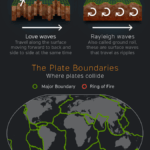
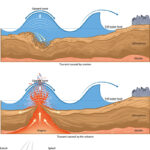
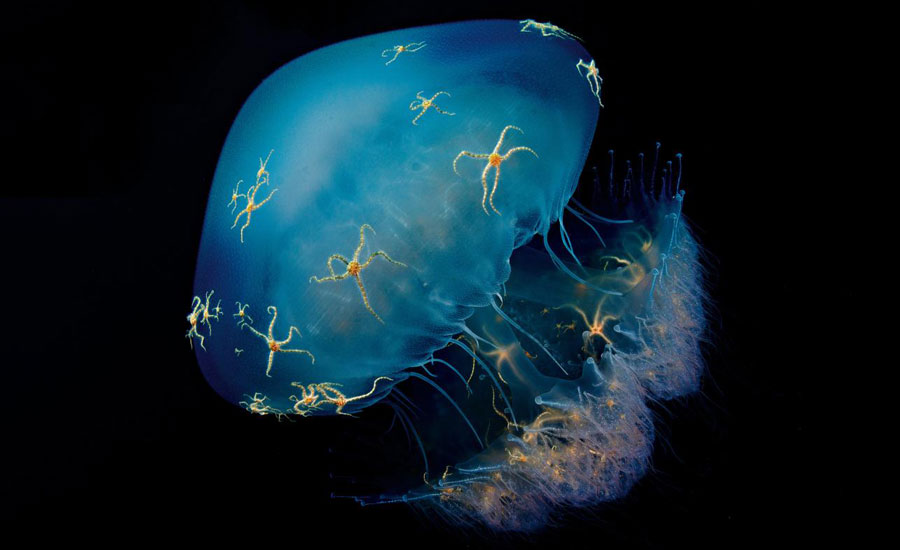
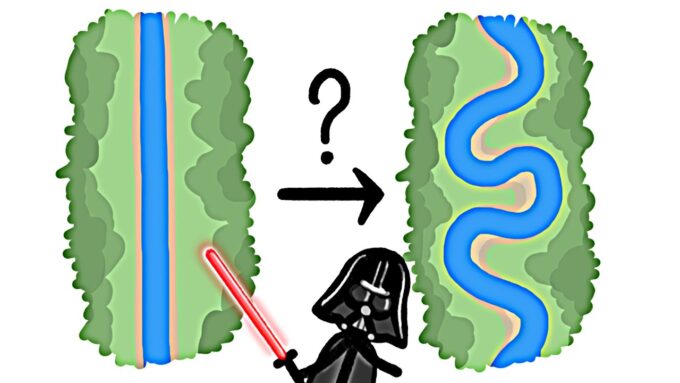
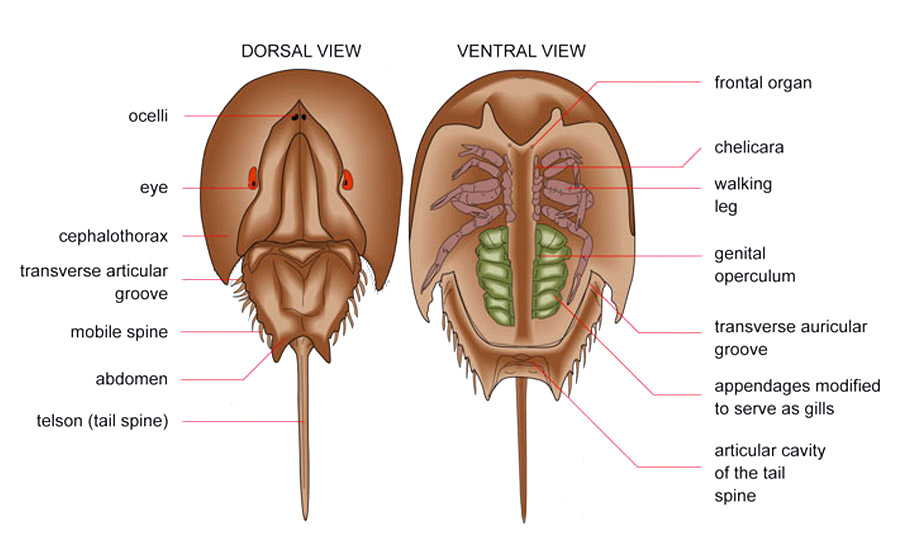
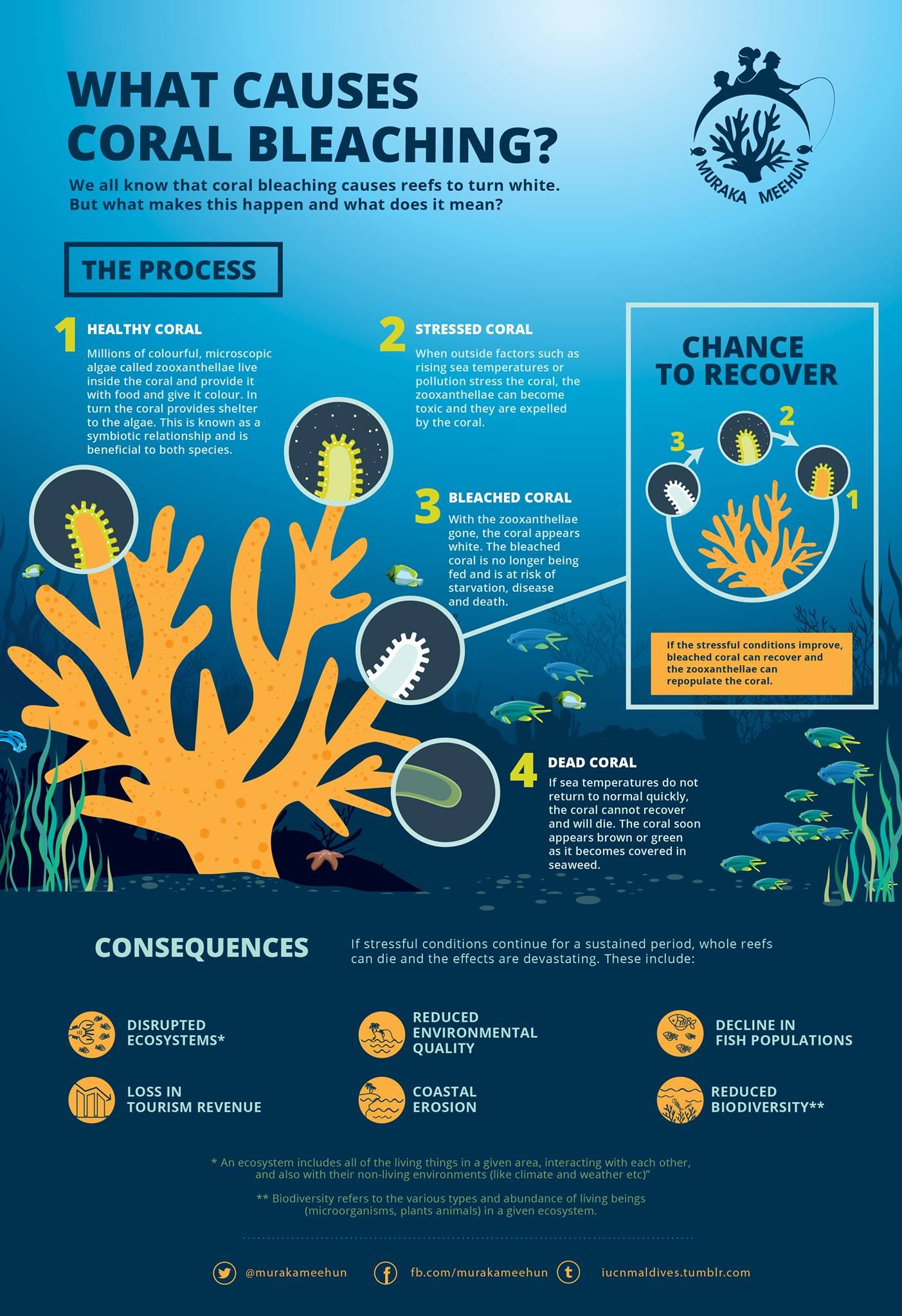


1 Comment